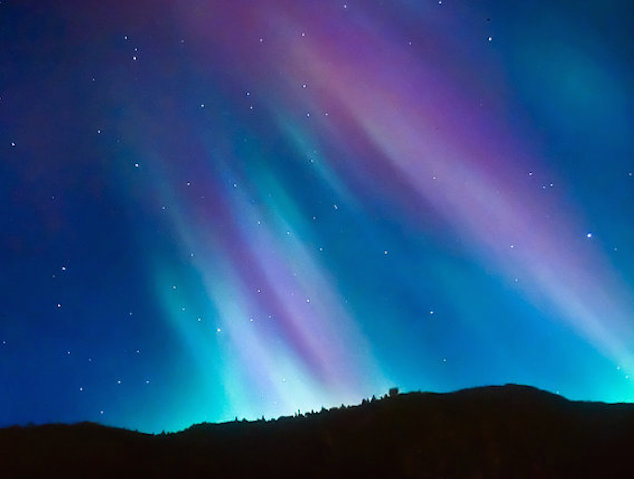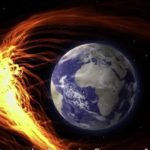Aurora Borealis Could Appear on New Years Eve
This year has been definitely full of astronomical surprises. Besides all sorts of discoveries scientists have made, we were also able to see a ‘supermoon’ in September as well as a full moon on Christmas night. And now, to top it all off and finish the year with a bang, the night sky on New Year’s Eve is expected to offer us a light show.
According to NASA on the 28th a sunspot cluster erupted. The eruption lead to an M-class flare heading towards the Earth. Given the extreme UV radiation most of the south half of our planet had a radio blackout.
However, the effects don’t end there. A CME (coronal mass ejection) is moving towards the Earth and according to NASA it should create a light spectacle on the sky. The spectacle, although we will most probably just enjoy the lights, it’s actually a geomagnetic storm.
What will happen is that the solar particles brought by the CME, which are like bubbles of plasma, will impact our atmosphere and generate auroras. If you are lucky enough to be at a higher altitude that moment, you can watch the natural cosmic ‘fireworks’ instead of the ones we’re used to.
However, scientists say it is not certain that the phenomenon will take place. Apparently, it all depends on how powerful the storm is. If it lasts long enough and comes with enough speed to hit the atmosphere, we will be able to see it.
Auroras usually appear at the poles when the solar wind sends charged particles into the upper atmosphere where ionization happens that emits light of different colors.
If we are lucky and the storm is strong enough and lasts until entering our planet’s upper atmosphere we could witness another cosmic show, the last of this year after being sure the full moon on Christmas was going to be the last sky event of the year. Hopefully, next year will bring us as much excitement as this one and we will be able to see many other spectacular cosmic events.





